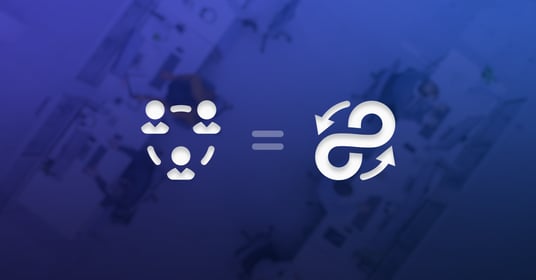Get a Free Trial
Creating, executing, and maintaining reliable tests has never been easier.
DevOps seeks to make organizations more agile and more resilient through faster, more automated software delivery cycles. But like any transformational change, roadblocks happen. The 2022 Testing in DevOps Report revealed that DevOps challenges encompass a lack of leadership, insufficient company prioritization, and the slow process of change.
Though wide-ranging, the most common DevOps inhibitors stem from the need to sustain the momentum of transformation. Effective leaders need to be empowered to develop, refine, and scale processes that support more collaborative development processes.
Tapping the Potential of Software Testers in DevOps
Software testers, with their unique connection to both development processes and the customer experience, are perfectly positioned to lead the changes needed for DevOps success. Data shows that organizations who elevate testing and value the expertise of quality professionals have faster delivery cycles, fewer bugs in production, and happier customers. By tapping this often underutilized talent pool, software companies can sustain momentum in their DevOps journey and integrate quality into the software development life cycle.
Accelerating Development Pipelines with Quality Planning
Software testing and reworking buggy code are two of the most common developer headaches, yet few organizations actually lean on quality teams to help plan their sprint cycles. But reaching DevOps goals is closely intertwined with building a culture of quality that enables close collaboration between developers and software testers and streamlines the development process.
When quality teams are an integral part of engineering planning, testing can be expanded to improve test coverage and shift testing to the left, increasing the odds that bugs will be caught in the earlier stages of development.
When bugs are identified earlier, it takes less time and effort to resolve them. Less effort fixing code means that teams are more likely to meet delivery deadlines and can dedicate more to building new features, which makes for happier teams and happier customers.
Many organizations tackle siloed workflows head-on by practicing pair programming, which enables testers and developers to work side-by-side throughout the SDLC and learn from each other. Cross-functional teams support better development practices by building a shared understanding of the codebase, software testing, and evolving quality standards. Rather than scramble to tackle defects at the end of development as deadlines loom, teams with quality leaders are able to proactively resolve software bugs early.
Connecting Code to Customers
Many software testers describe their work as data-driven empathy, connecting the dots between how the product is built and how customers actually use it. When quality engineering takes on a leadership role in DevOps adoptions and enabling better development practices, the customers feel the impact. 64% of software development teams who report that QA has a very important and strategic role in their organization also report high customer satisfaction, indicating a strong connection between quality and better user experiences.
This connection is likely due to the relationship between high test coverage and high user customer satisfaction. Test coverage, long used to measure the effectiveness of software testing strategies, is evolving as more sophisticated testing solutions enable quality teams to connect what they’re testing to what features customers value. Tying core metrics to the customer experience ensures that development organizations are delivering features that positively impact their business’ bottom line and showcase the value of DevOps.
Quality Engineering Improves the Value of Engineering Effort
Successful DevOps teams are significantly more likely to accelerate delivery cycles. But unless those faster deployments are backed by quality engineering, development teams will be left wasting valuable time on rework and emergency fixes. Empowering quality teams to participate in sprint planning, the early stages of development, and reporting ensures that the entire development organization is using their resources to deliver high-quality software that builds customer loyalty. With quality engineering, DevOps can deliver the full promise of faster, more automated development pipelines.
See how intelligent test automation makes it easy to collaborate on quality with mabl’s 14-day free trial. Quality teams benefit from rich diagnostic data that makes it easy to advocate for stronger quality practices and engage the entire development team in testing.





